Fall Protection Online Training
$30.00 +Tax
At FAST Rescue, we are committed to promoting workplace safety and compliance across Canada. Our Fall Protection Online Course equips workers with the knowledge and skills needed to prevent falls and work safely at heights. Whether you’re an individual worker, an employer training a team, or a safety trainer looking for reliable resources, our course offers a comprehensive, accessible, and effective learning experience.
We also offer custom course development services, bulk discounts, and the ability to host courses on your own LMS. With flexible delivery, interactive content, and certification valid across most jurisdictions, FAST Rescue is your trusted provider for Fall Protection Online Training.
Why Choose Our Fall Protection Online Course?
Falls are one of the leading causes of serious injuries in the workplace. Proper training is essential to prevent accidents and ensure regulatory compliance. Our Fall Protection Online Training Package covers all the essential topics in a clear, engaging, and easy-to-understand format.
Key Benefits:
- 100% online and self-paced – start anytime
- Fully narrated and compliant with AODA standards
- Accessible from any device – desktop, tablet, or mobile
- Includes images, scenarios, and quizzes to reinforce learning
- Certificate is valid for three years
Who Is This Course For?
We’ve designed this course to serve a wide range of learners and organizations:
- Individual Workers looking to upgrade their safety knowledge
- Employers who want to train their teams efficiently and cost-effectively
- Safety trainers seeking to integrate high-quality fall protection material into their sessions
We also offer:
- Custom Course Development tailored to your workplace needs
- Bulk discounts for group training
- One-time licensing for organizations who want ongoing access
- Hosting on client LMS platforms, so you can train your staff using your internal systems
What You’ll Learn – Course Overview
Our Fall Protection Online Training Course introduces learners to the fundamental concepts of fall protection and how to apply them on the job. It includes detailed modules with visuals and interactive features to ensure comprehension.
Course Outline:
- Introduction to Fall Protection
- Understanding fall hazards and the anatomy of a fall
- Common workplace fall risks: ladders, scaffolds, platforms, and more
- Prevention and control strategies
- Slips, Trips, and Falls
- Falls on level surfaces vs. falls from height
- Ladder safety and fall prevention tips
- Proper footwear and housekeeping practices
- Fall Protection Equipment
- Overview of protective systems: guardrails, travel restraint, arrest systems, safety nets
- Canadian Standards Association (CSA) regulations
- Types of personal fall protection systems
- Anchor Systems
- Types of anchors: designed fixed, temporary, and structural features
- Understanding anchorage points and clearance requirements
- Pendulum effect and safety factors
- Components of a Fall Protection System
- Full-body harnesses, lanyards, rope grabs, connectors, carabiners, lifelines, shock absorbers
- Proper use and compatibility of components
- Self-retracting lifelines and impact indicators
- Equipment Inspections
- How to inspect webbing, buckles, hooks, and lanyards
- Identifying wear and damage
- Inspection logs and schedules
- Storage and Maintenance
- Proper storage of equipment to prevent damage
- Maintenance best practices to extend equipment lifespan
- How to Don a Harness
- Step-by-step guide to correctly wearing a full-body harness
- Adjustments for safety and comfort
- Harness compatibility with other PPE
- Fall Protection Plan
- What a fall protection plan includes
- Planning for rescue and emergency scenarios
- Suspension trauma, aerial lifts, and connecting elevated work platforms
Course Features
- Duration: Approximately 60 minutes
- Certification: Valid for 3 years
- Content Level: Introductory / Awareness
- Accessibility: Fully narrated, visual aids, quizzes, and a final test
- Language: Canadian English
- Course Material: National standards (Canada-wide)
Flexible Training Options to Fit Your Needs
We understand that not all organizations or individuals have the same training requirements. That’s why we offer multiple ways to access and deliver our Fall Protection Online Training:
- Custom Course Development: We build fully customized fall protection courses based on your policies, job tasks, and risk profile. Whether you need industry-specific examples or additional compliance elements, we can develop the right training for your workforce.
- One-Time Licensing: Need unlimited access to our course for internal use? Our one-time license allows you to host the course independently and train as many staff as you need—without recurring costs.
- Host on Your LMS: Already have an LMS? We’ll provide the Fall Protection Online Training Course File in SCORM-compliant format for easy integration. Maintain brand consistency and deliver training where your team already learns.
- Bulk Discount Packages: Training a large group? We offer discounted pricing based on volume. Ideal for construction firms, maintenance companies, safety consultants, and government organizations.
Optimize Safety with Trusted Fall Protection Training
Preventing falls in the workplace starts with proper training. With FAST Rescue’s Fall Protection Online Training, your workers gain the essential knowledge to recognize hazards, use equipment correctly, and respond safely to fall risks.
Whether you’re looking for an off-the-shelf course or a custom solution tailored to your team, we’re here to support your training goals.
Contact Us to start your Fall Protection Online Training today!
Fall Protection Online Training Course (FAQs)
Our Fall Protection Online Training Course is an introductory awareness program designed to teach workers how to recognize, prevent, and manage fall hazards in the workplace. It covers fall protection systems, equipment, and planning.
This course is ideal for individual workers, employers who need to train their teams, and safety trainers seeking a reliable fall protection awareness course. It’s suitable for construction workers, maintenance personnel, supervisors, and more.
Yes. The course aligns with national safety standards, including CSA (Canadian Standards Association) requirements. However, each province may have specific regulations. For example, Ontario requires workers to complete an approved Working at Heights program.
You can retake the final test multiple times at no additional cost. The goal is to ensure you understand the material before receiving your certificate.
The course includes fall protection principles, slips and trips, fall protection equipment, anchor systems, system components, inspections, maintenance, donning a harness, and fall protection plans.
The Fall Protection Online Course takes approximately 60 minutes to complete.
Yes. Upon successful completion of the final test, you will receive a digital certificate that is valid for 3 years.
Yes. The course automatically bookmarks your progress so you can resume where you left off at any time.
Yes. You can access the Fall Protection Online Training from any internet-connected device, including desktops, laptops, tablets, and smartphones.
Yes. The course is fully narrated and designed to meet the Accessibility for Ontarians with Disabilities Act (AODA) standards.
Absolutely. We offer Custom Fall Protection Online Course Development Services tailored to your organization’s specific tasks, hazards, and policies.
Yes. We provide a Fall Protection Online Training License as a one-time purchase so you can host the course on your internal LMS or training platform.
Yes. We offer bulk discounts for employers and training organizations looking to train multiple individuals at once.
Yes. We offer the option to host the Fall Protection Online Training on your LMS. The course is SCORM-compliant and easy to integrate.
The standard course price is $30 per participant, with special pricing available for bulk orders and licensed use.
Our Fall Protection Online Course is developed by Canadian safety experts, compliant with national standards, designed for real-world application, and accessible anytime, anywhere. We also offer custom development, bulk pricing, and LMS hosting options that most providers don’t.
Yes. We offer previews and demos upon request for employers, safety managers, and trainers who wish to review the material before purchasing for their team or making a bulk training investment.
Yes. This course is ideal for safety trainers looking to incorporate a reliable and structured fall protection training module into their own programs. Trainers may also request licensing or customization for their audience.
Ready to Get Started?
Choose the training option that fits your needs:
- Buy Individual Access – For workers and trainers
- Request Team Quote – For employers and safety managers
- Develop a Custom Course – Tailored for your unique workplace
- License for Internal Use – Host our course on your LMS
Contact Us at info@fast-rescue.com to start your Fall Protection Online Training today!

SELF-PACED ELEARNING
This is a self-paced eLearning course that you can access from anywhere, anytime. You have the freedom to learn at your own pace, fitting it into your schedule at your convenience.

CERTIFICATE GRANTED
Upon the successful completion of this online course, a certificate of completion will be available for you to download and print.

ASSESSMENT
Testing conducted throughout this course is designed to reinforce the information presented. A mark of 80% on the final test must be achieved in order to receive a certificate of completion. Participants are able to repeat the course if the pass mark is not achieved.

COURSE ACCESS
You will have access to this course for 30 days. Please note: If the course is not completed within 30 days, a new purchase will be required.
TRUSTED BY MANY ORGANIZATIONS



CONTACT US
Phone: (905) 760-2045
Email: info@fast-rescue.com
Address: 750 Oakdale Rd, Suite 56, Toronto, M3N 2Z4



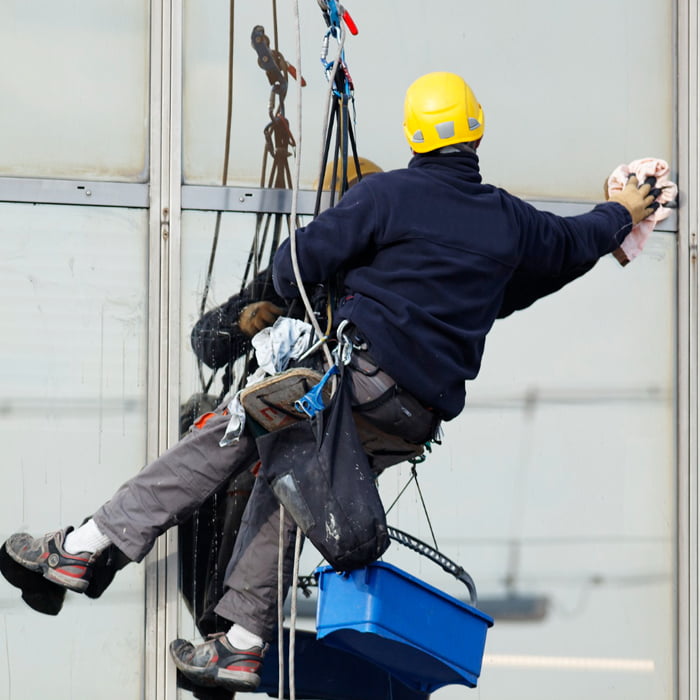
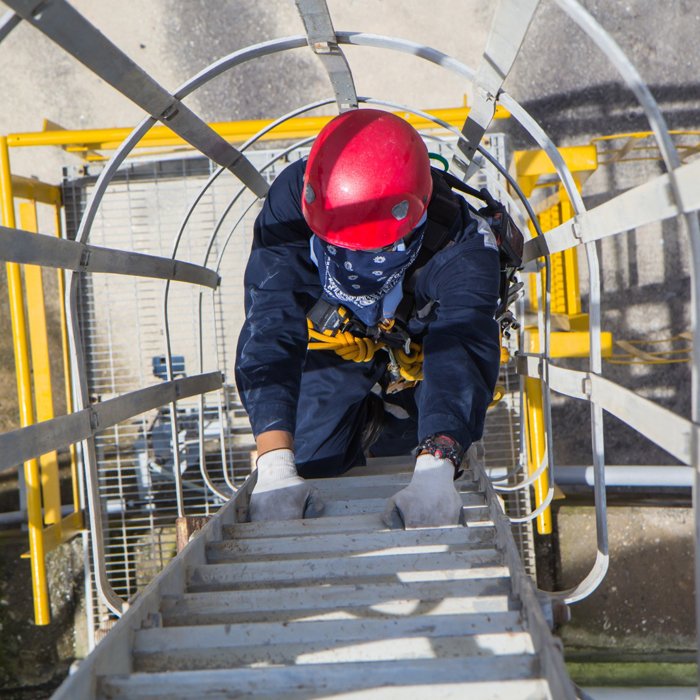

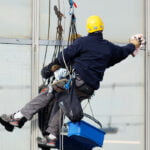
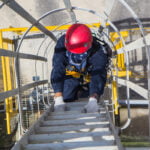
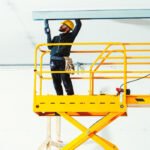

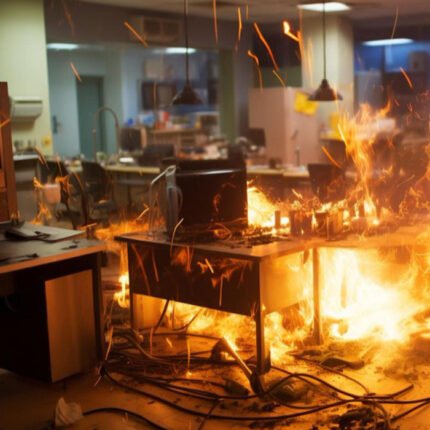


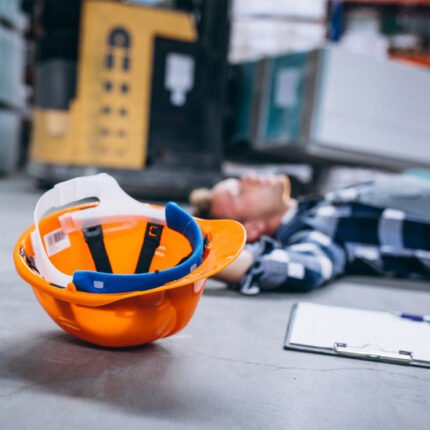





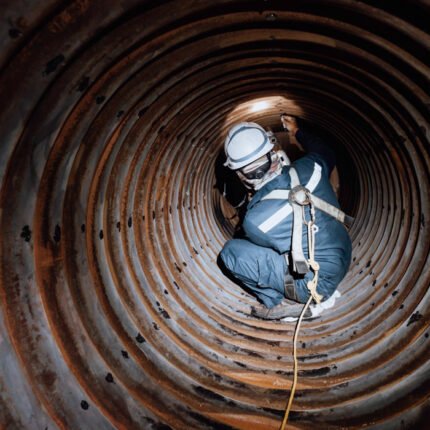
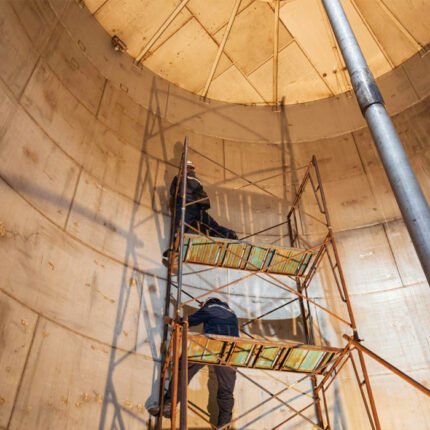
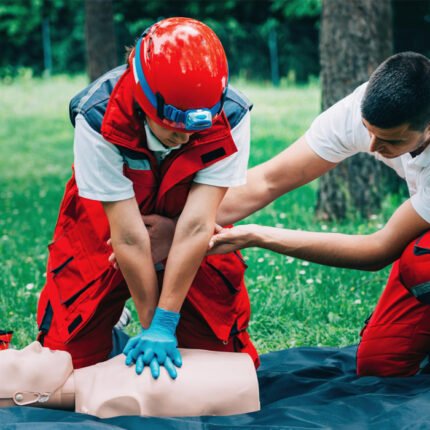
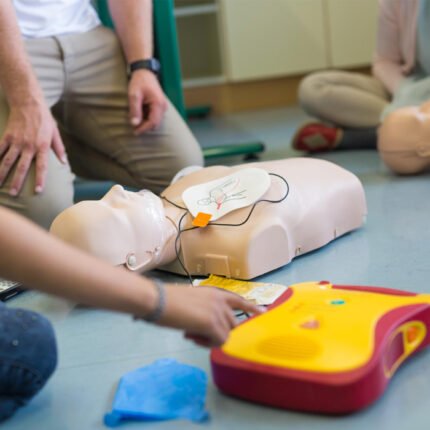



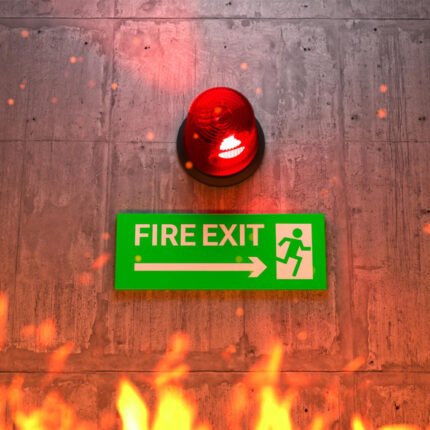
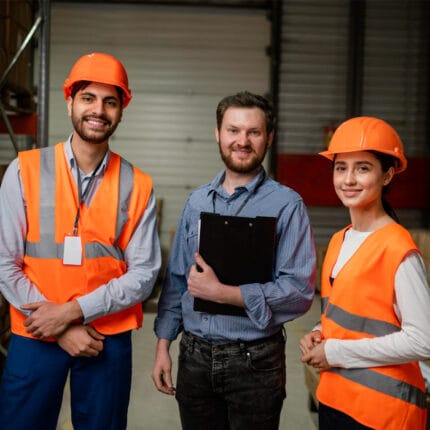
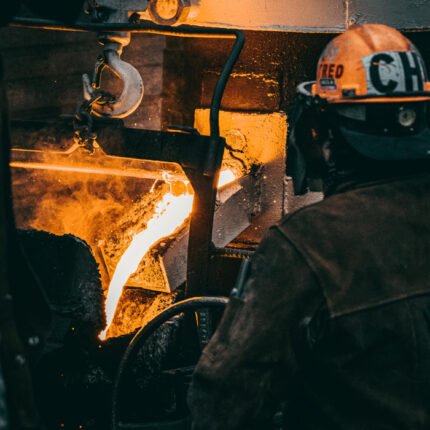
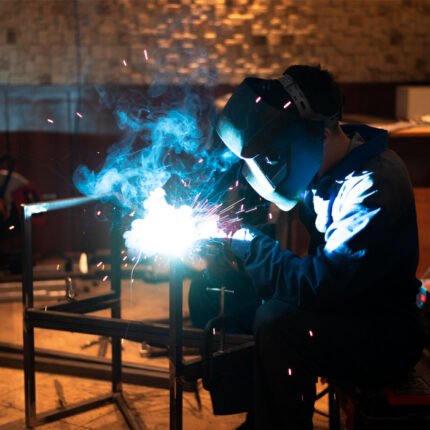



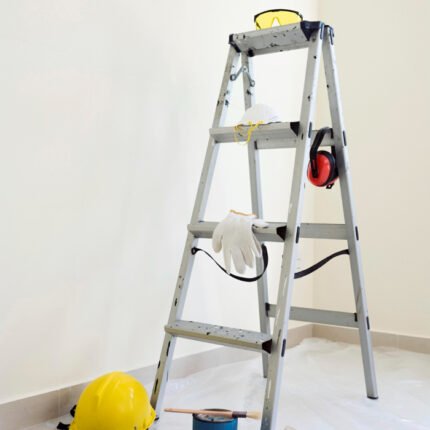
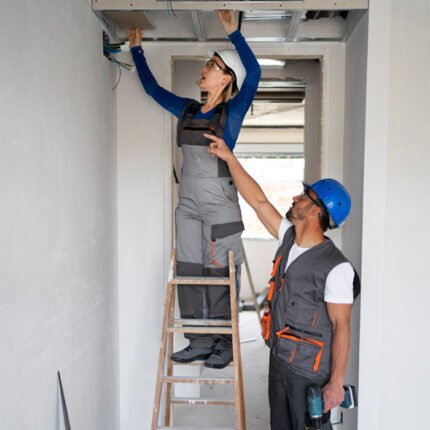
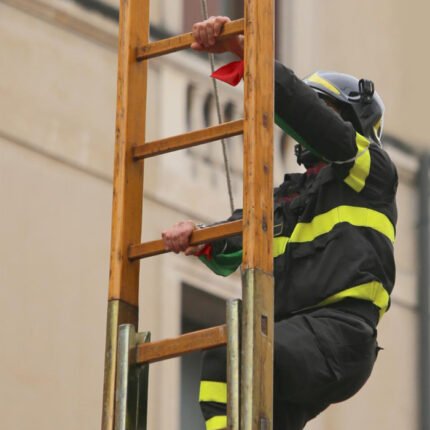
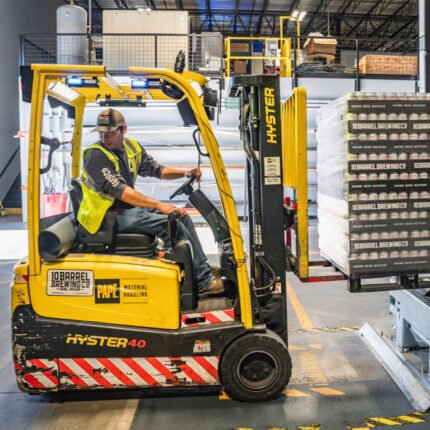

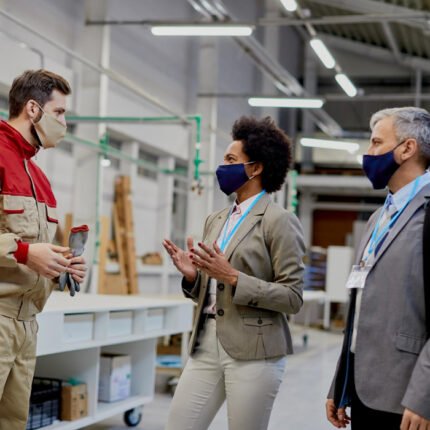




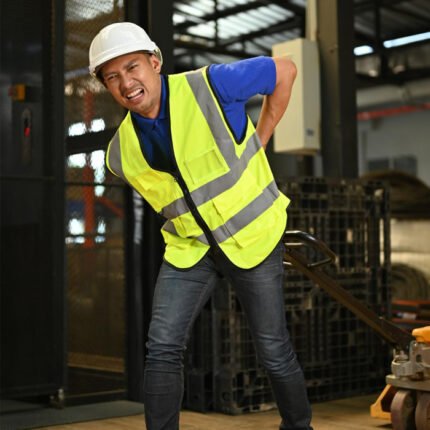

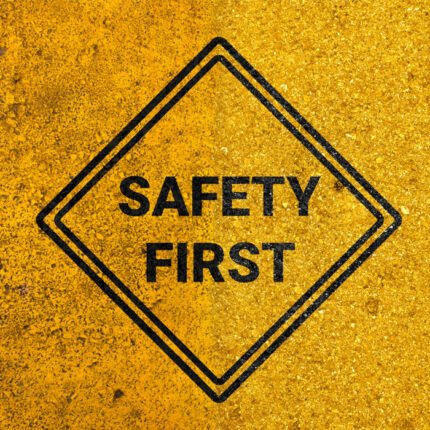


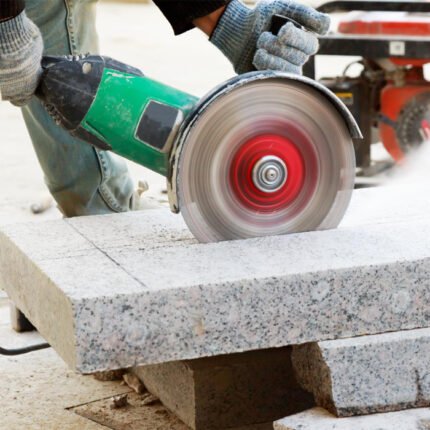
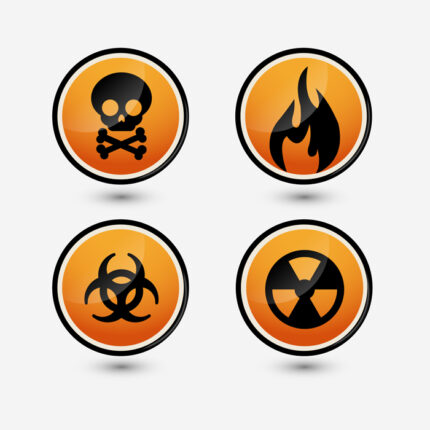
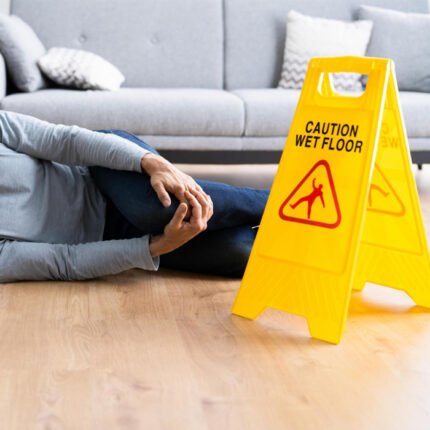
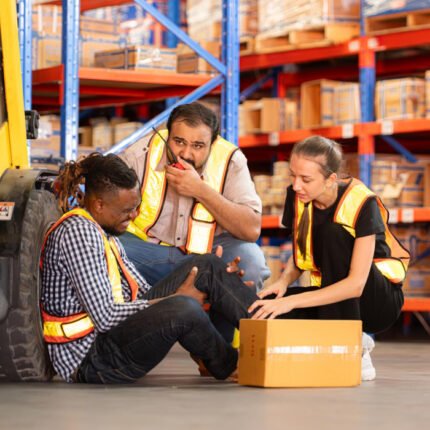
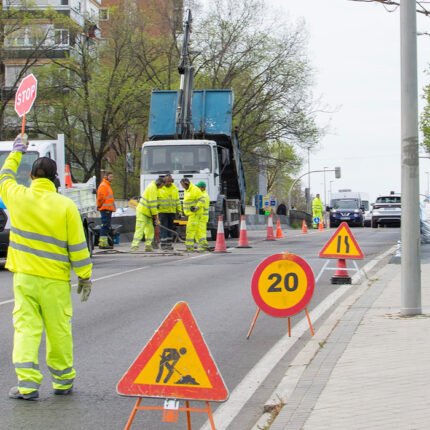
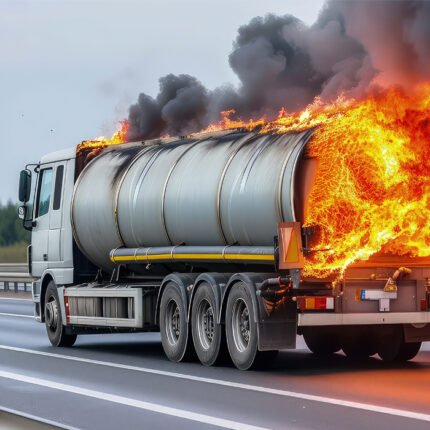
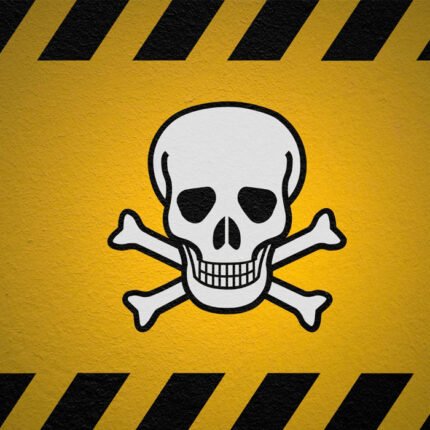
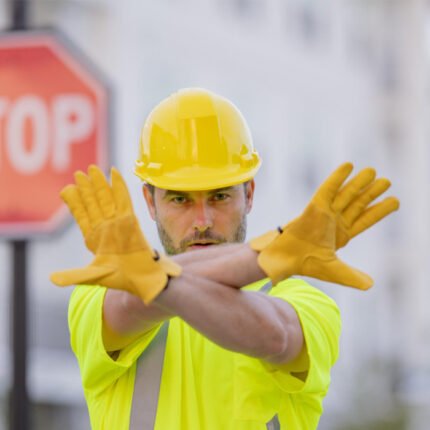








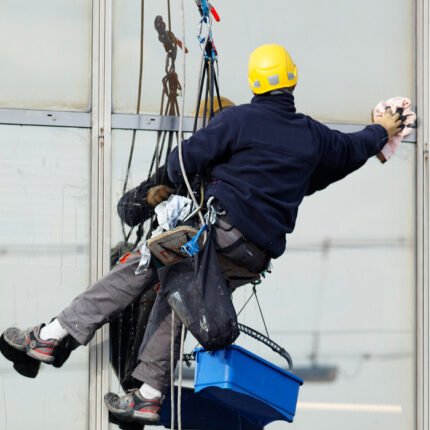
Reviews
There are no reviews yet.